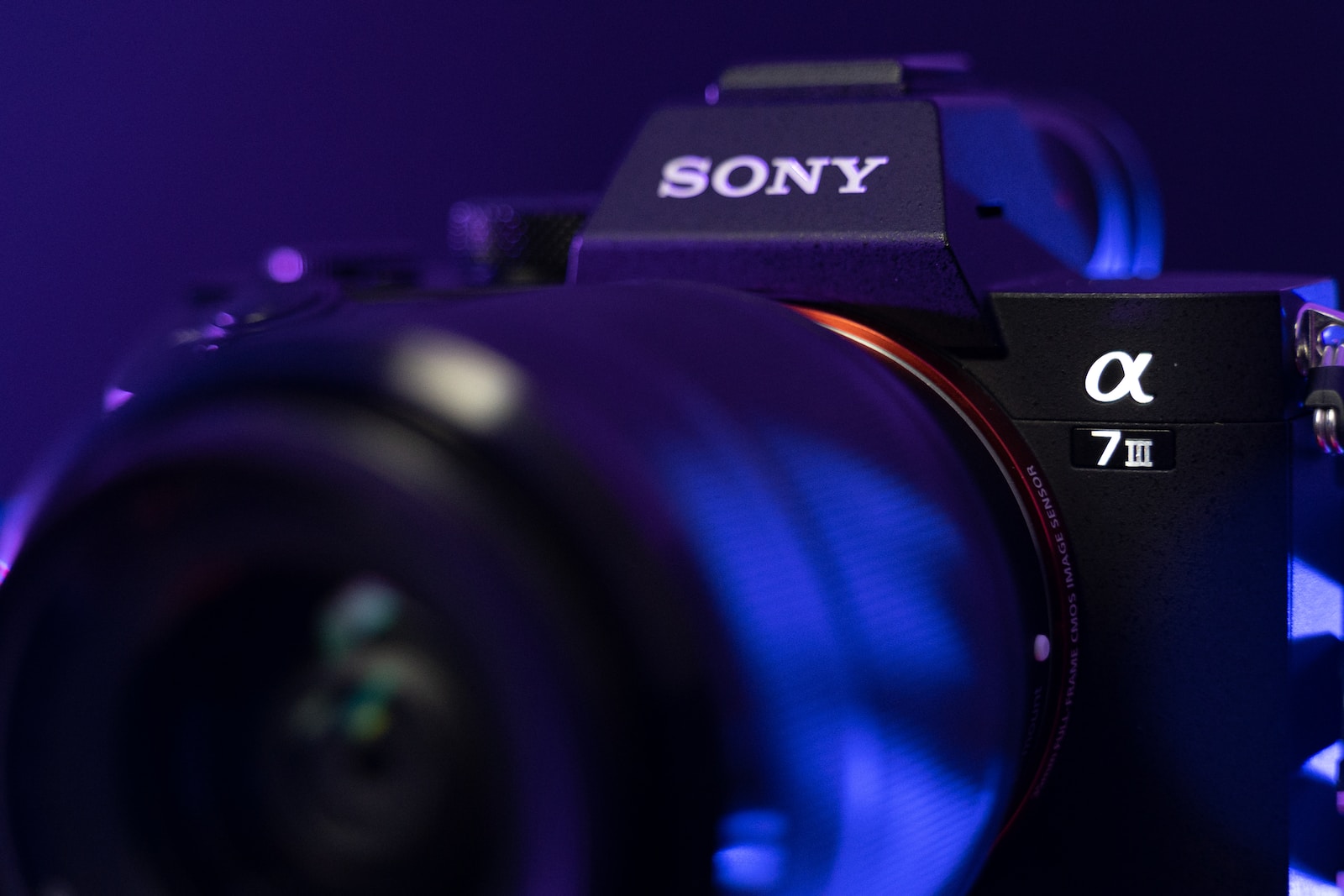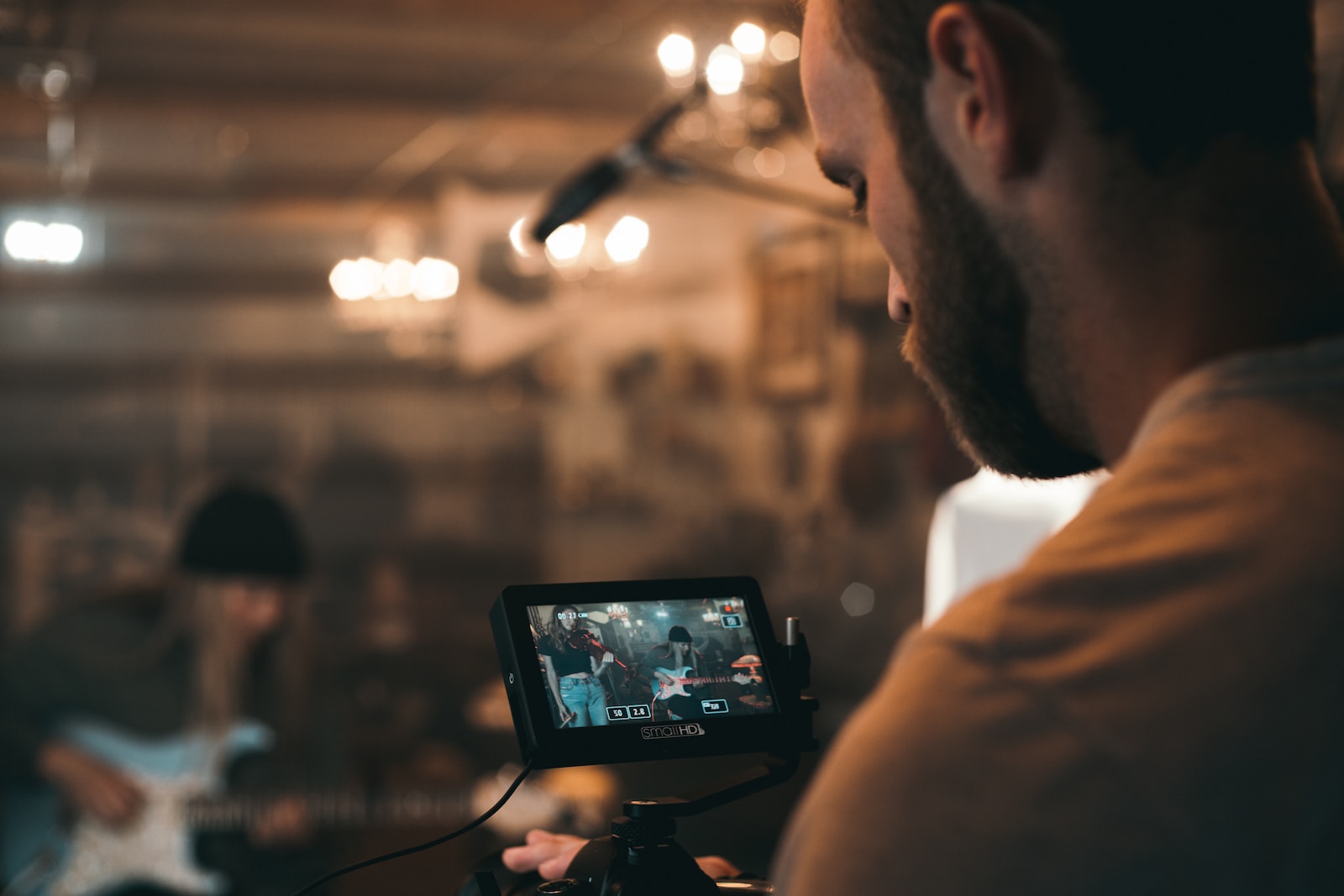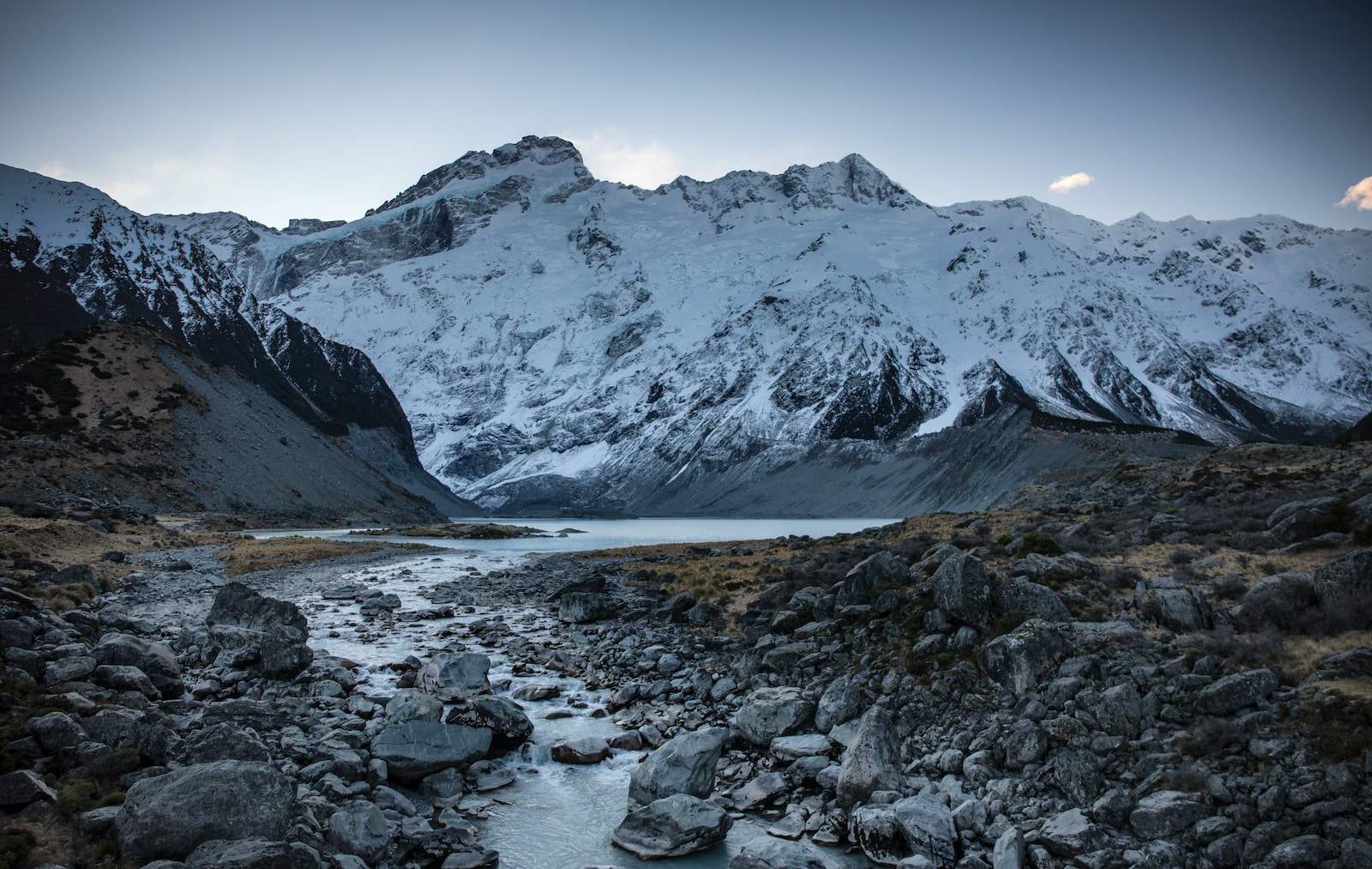Welcome to our blog on the advanced features of Bridge Cameras! If you’re a photography enthusiast looking to take your skills to the next level, you’ve come to the right place. In this article, we dive into the world of Bridge Cameras, exploring the manual controls and advanced features they offer. Whether you’re a beginner or a seasoned photographer, understanding and utilizing these features can significantly enhance the quality of your photographs. So let’s get started!
Table of Contents
The Power of Bridge Cameras
1. Manual Controls for Creative Freedom
One of the most exciting aspects of Bridge Cameras is their range of manual controls. With these cameras, you have the power to adjust various settings such as aperture, shutter speed, and ISO, allowing you to capture images exactly the way you envision them. Unlike basic point-and-shoot cameras, Bridge Cameras give you greater control and flexibility, making it easier to experiment and achieve the desired effects in your photos.
2. Versatility in Lens Options
Bridge Cameras are renowned for their versatility when it comes to lens options. These cameras typically feature a fixed lens with a wide focal length range, allowing you to smoothly transition from wide-angle shots to close-ups without needing to switch lenses. This versatility makes Bridge Cameras perfect for capturing a wide array of subjects, whether you’re shooting landscapes, portraits, or wildlife.
3. Enhanced Image Stabilization
Blurry images are a common challenge for photographers, especially when shooting in low light conditions or using zoom. However, Bridge Cameras come equipped with advanced image stabilization technology that helps counteract camera shake, resulting in sharper images. This feature is especially beneficial when shooting with longer focal lengths or in situations where it may be difficult to hold the camera steady.
4. High-Quality Electronic Viewfinder
Bridge Cameras often include a built-in electronic viewfinder (EVF) that offers a clear, real-time preview of the image you’re about to capture. Unlike traditional point-and-shoot cameras that rely solely on the rear LCD screen, an EVF allows you to compose your shots effectively, even in bright sunlight or challenging lighting conditions. It provides a more immersive shooting experience, akin to using a DSLR camera.
5. Advanced Autofocus Systems
Bridge Cameras boast advanced autofocus systems that ensure your subjects are always in sharp focus. These cameras use a combination of contrast detect and phase detect autofocus, allowing for quick and accurate focusing even in challenging or fast-paced situations. With various autofocus modes and customizability options, you can fine-tune the focus to suit your shooting style and preferences.
Did you know that Bridge Cameras are often called "bridge" because they bridge the gap between compact point-and-shoot cameras and more advanced DSLR cameras?
As you can see, Bridge Cameras offer a host of advanced features and controls that give you greater creative freedom and allow you to capture stunning photographs. Whether you’re an aspiring photographer or someone looking to upgrade from a basic camera, a Bridge Camera might be exactly what you need. Stay tuned for our next post, where we’ll dive deeper into specific manual controls and how to utilize them effectively. Happy shooting!
A How-To Guide: Utilizing Advanced Features of Bridge Cameras
Bridge cameras are fantastic tools for photographers looking to take their skills to the next level. With their advanced features and manual controls, photographers have the ability to capture high-quality images and achieve their creative vision with ease. In this guide, we will explore some of the key features of bridge cameras and provide tips on how to utilize them for better photography.
1. Manual Controls
One of the most significant advantages of using a bridge camera is the availability of manual controls. These controls allow photographers to have complete control over settings such as aperture, shutter speed, ISO, and white balance. By adjusting these settings, photographers can have more creative freedom and better control over the final outcome of their photographs.
For example, when shooting landscapes, manually adjusting the aperture can help achieve a greater depth of field, resulting in sharp details both in the foreground and background. Likewise, adjusting the shutter speed can be useful for capturing fast-moving subjects or creating motion blur effects.
2. Zoom Range
Bridge cameras are known for their impressive zoom capabilities, with some models offering zoom ranges from wide-angle to super telephoto. This versatility allows photographers to capture subjects that are far away or difficult to reach. Whether you are photographing wildlife, sports, or capturing intricate details, the zoom range of a bridge camera gives you the flexibility to get up close and personal with your subjects.
When using the zoom feature, it’s important to keep in mind the potential loss of image quality. In order to maintain sharpness, it’s recommended to use a tripod to stabilize the camera and avoid camera shake.
3. Creative Modes
Bridge cameras often come equipped with a variety of creative modes that can be utilized to add a unique touch to your images. These modes can range from panorama, black and white, HDR (High Dynamic Range), and even artistic filters.
Experimenting with these creative modes can help you explore your artistic side and capture images that stand out. Whether it’s creating a dramatic black and white landscape or a vibrant and colorful portrait, taking advantage of these creative modes can truly enhance your photography.
4. Image Stabilization
Camera shake is a common issue that can result in blurry images, especially when shooting in low light conditions or using longer focal lengths. Bridge cameras often come equipped with image stabilization technology that helps counteract camera shake, allowing photographers to capture sharp images even in challenging shooting situations.
When photographing handheld, it’s important to ensure that image stabilization is enabled to minimize the risk of blurry images. If you are using a tripod, it is recommended to disable image stabilization as it can sometimes introduce slight motion blur when the camera is stationary.
Overall, bridge cameras offer an array of advanced features and controls that can take your photography to new heights. By familiarizing yourself with the manual controls, utilizing the zoom range effectively, exploring creative modes, and leveraging image stabilization, you will be able to unlock the full potential of your bridge camera and capture stunning images.
Frequently Asked Questions
What are Bridge Cameras?
Bridge cameras are a versatile option between compact cameras and DSLRs, offering advanced features and manual controls.
What are the benefits of using a Bridge Camera?
Bridge cameras provide a wide range of benefits, including a longer zoom range, manual controls for greater creative control, and a lightweight design for easy carrying.
What advanced features can I expect from a Bridge Camera?
Bridge cameras offer features such as high-resolution image sensors, image stabilization, built-in Wi-Fi for easy sharing, advanced autofocus systems, and customizable shooting modes.
Are Bridge Cameras suitable for beginners?
Yes, bridge cameras are great for beginners as they offer manual controls that allow users to learn and experiment with various photography techniques while still providing automatic settings for ease of use.
Can I use interchangeable lenses with a Bridge Camera?
No, bridge cameras have fixed lenses that provide a versatile zoom range, eliminating the need for additional lenses. This makes them more compact and convenient for travel.
How do I make the most of the manual controls on a Bridge Camera?
To utilize the manual controls effectively, it is important to understand the basics of photography, such as aperture, shutter speed, and ISO settings. Experimenting with different settings and practicing regularly will help improve your photography skills.
Wrap Up
Bridge cameras are a fantastic choice for photographers who want to take their skills to the next level. With their advanced features and manual controls, these cameras offer a world of possibilities for capturing stunning images. Whether you’re a beginner looking to expand your knowledge or a seasoned photographer seeking more flexibility, bridge cameras are a versatile and powerful tool.
By mastering the various settings and experimenting with different shooting modes, you can truly unleash your creativity and take your photography to new heights. So grab your bridge camera, head out into the world, and start exploring all the incredible shots waiting to be captured.We hope you enjoyed this article on the advanced features of bridge cameras. Don’t forget to leave a comment below and let us know your thoughts and experiences with bridge cameras. We love hearing from our readers!



